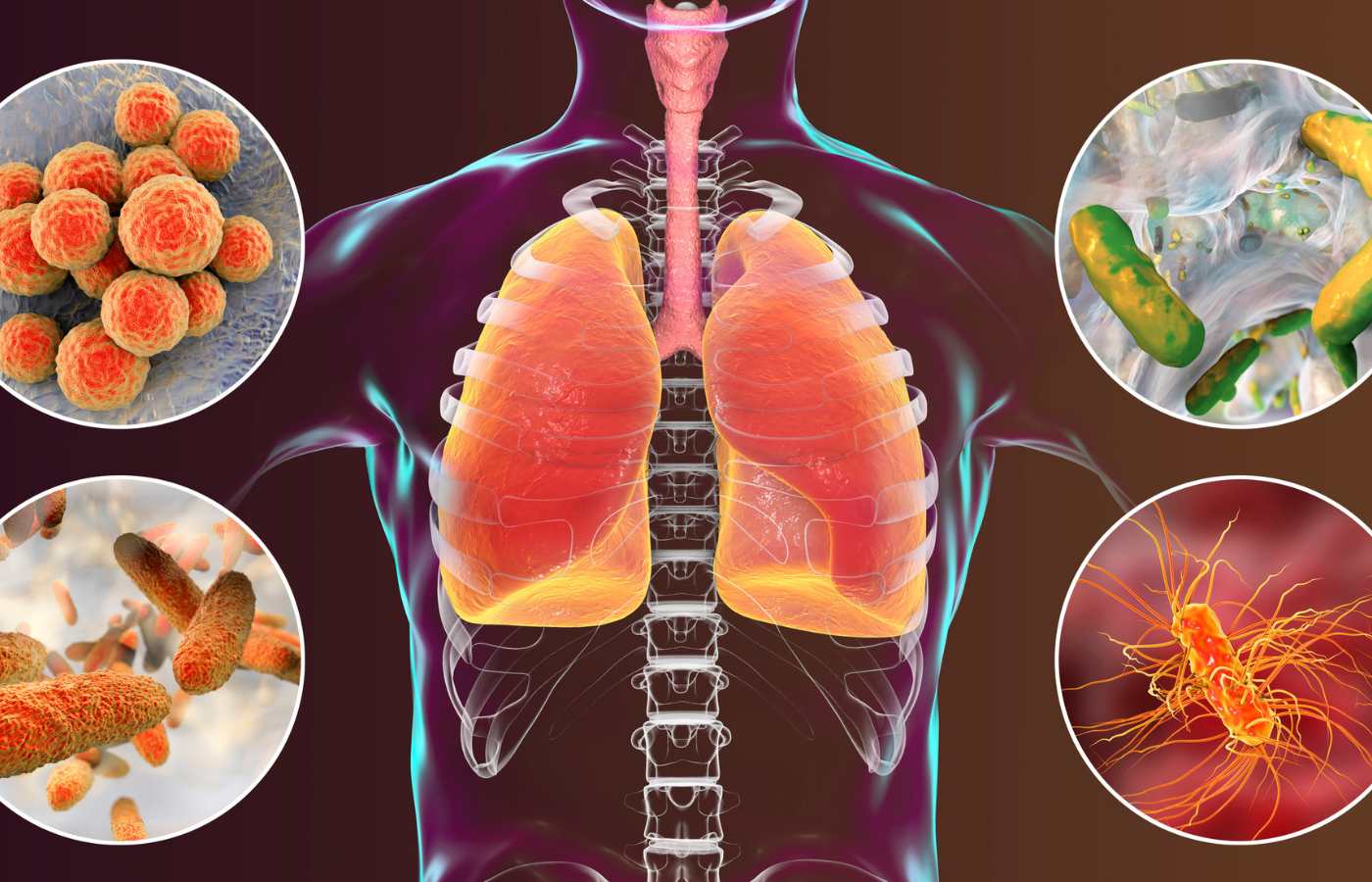Introduction
Mesothelioma is a rare but aggressive cancer that primarily affects the mesothelium, the protective lining of many internal organs. It is most commonly linked to asbestos exposure and can take decades to manifest symptoms. Understanding the types of mesothelioma and the organs they affect is very important for early diagnosis and treatment. This article provides an overview of mesothelioma, focusing on the four primary types: pleural, peritoneal, pericardial, and testicular, and detailing how each type affects different parts of the body.
1. Mesothelioma: A Brief Overview
Mesothelioma is a type of cancer that develops in the mesothelium - a thin layer of tissue that covers many of our internal organs. It's often associated with asbestos exposure and can take several decades to show symptoms.
Now, you might be thinking: what organs are affected by mesothelioma? Well, the answer is that it depends on the type of mesothelioma a person has. There are four primary types: pleural, peritoneal, pericardial, and testicular. Each one impacts a different organ or set of organs.
Pleural mesothelioma, the most common type, targets the lungs. Peritoneal mesothelioma mainly affects the abdomen and its organs. Pericardial mesothelioma, a rarer form, impacts the heart, while testicular mesothelioma — you guessed it — affects the testicles.
So, whether you're a medical student, a bothered family member, or a knowledge seeker, understanding mesothelioma and what organs are affected by it can be a critical step in recognizing the signs and seeking help when necessary. And remember, the earlier the diagnosis, the better the prognosis - it's always good to be in the know!
2. Pleural Mesothelioma: Impact on the Lungs
Moving ahead, let's dive into the specifics of how mesothelioma affects different organs, starting with the lungs. This type of mesothelioma, referred as pleural mesothelioma, is the most common form of the disease. As you might guess from the name, it targets the pleura, which is the thin layer of tissue surrounding your lungs.
When asbestos fibers are inhaled, they can become lodged in the pleura, causing damage over time. This damage leads to the development of cancerous cells. If you're picturing tiny invaders creating chaos in your lungs, you're not far off!
People with pleural mesothelioma often experience symptoms such as chest pain, coughing, and difficulty breathing. It's a bit like having a permanent chest cold that just won't go away. The main difference is, this isn't something a hot cup of tea and a good rest can cure.
Unfortunately, because these symptoms can be easily mistaken for other respiratory issues, pleural mesothelioma often goes undiagnosed until the later stages. It's a bit of a wolf in sheep's clothing situation.
In the next section, we'll be discussing peritoneal mesothelioma and its effects on the abdomen. So, if you're wondering "what other organs are affected by mesothelioma?" — stick around! There's much more to learn.
3. Peritoneal Mesothelioma: Effects on the Abdomen
Next stop on our journey is the abdomen — home to the second most common form of mesothelioma, peritoneal mesothelioma. It targets the peritoneum, a thin membrane that lines the abdominal cavity and covers most of the organs within it.
Just like its pleural cousin, peritoneal mesothelioma starts when asbestos fibers are ingested and become lodged in the peritoneum. Imagine bits of asbestos acting like unwelcome houseguests, causing damage over a long stay in your abdomen.
The symptoms of peritoneal mesothelioma can include abdominal pain, swelling, and unexpected weight loss. It's like a bad stomach bug that doesn't let up — but it's far more serious.
And sadly, as is the case with pleural mesothelioma, the symptoms of peritoneal mesothelioma are often mistaken for less serious conditions, leading to delayed identification. It is a frustrating game of medical hide-and-seek, with high stakes.
The key takeaway here is that mesothelioma can affect organs beyond just the lungs. So if someone asks you, "What organs are affected by mesothelioma?" — you can confidently say, "The lungs and the abdomen, for starters!"
But, don't stop there, because we're about to dig into some lesser-known types of mesothelioma that affect other organs. So, stick around!
4. Pericardial and Testicular Mesothelioma: Lesser Known Types
Let's shine a light on the rarer forms of mesothelioma. It's time for the pericardium and testes to step into the spotlight.
Pericardial Mesothelioma
First, we have pericardial mesothelioma. This type targets the pericardium, the protective sac that envelops the heart. Think of it as a snug, warm blanket for your heart — except when it's invaded by asbestos fibers, it's not so cozy anymore.
Symptoms typically include chest pain, shortness of breath, and heart palpitations. Imagine feeling like you've just run a marathon when you've barely climbed a flight of stairs. It's unnerving, to say the least.
Once again, the invasive nature of asbestos fibers is to blame. They find their way to the heart, leading to swelling and eventually, the development of pericardial mesothelioma.
Testicular Mesothelioma
On to our final stop — testicular mesothelioma. This is the rarest form of the disease, affecting the tunica vaginalis, a protective layer around the testes.
Pain and swelling in the testes are the most common symptoms of testicular mesothelioma. It's a discomfort that no bloke would want to endure.
So, the next time someone questions, "What organs are affected by mesothelioma?" — you've got a whole list to share. It's not just the lungs or the abdomen, but also the heart and the testes can be the prey to this disease.
Conclusion
Mesothelioma is a complex and serious illness that can impact various organs, primarily due to asbestos exposure. Early detection of the symptoms and understanding the types of mesothelioma—pleural, peritoneal, pericardial, and testicular—can significantly improve prognosis and treatment outcomes. Awareness and education are key to fighting this disease, emphasizing the importance of early diagnosis and the necessity of seeking medical attention if symptoms arise.



